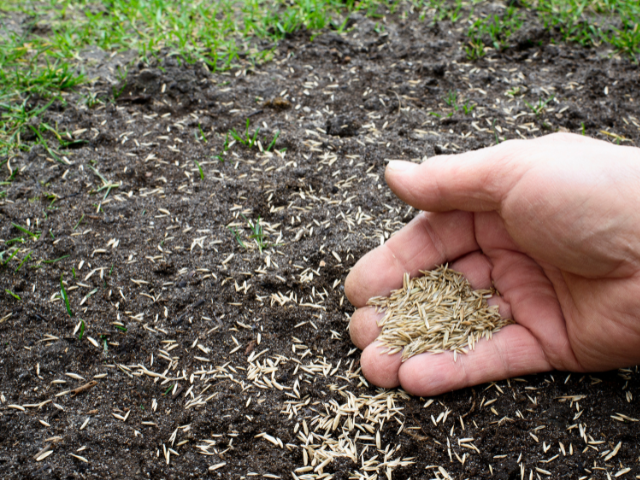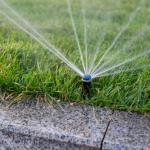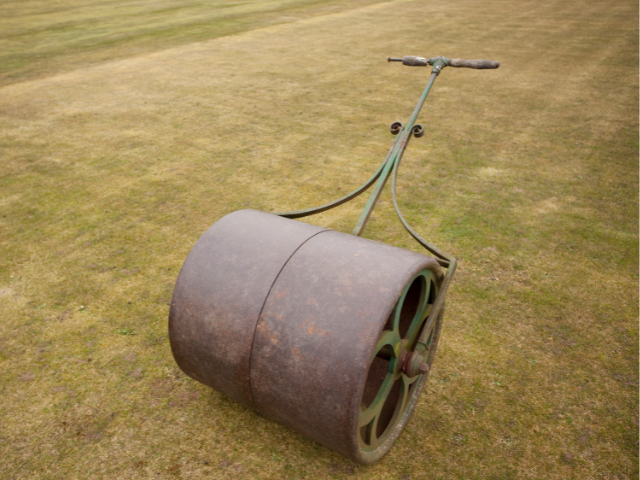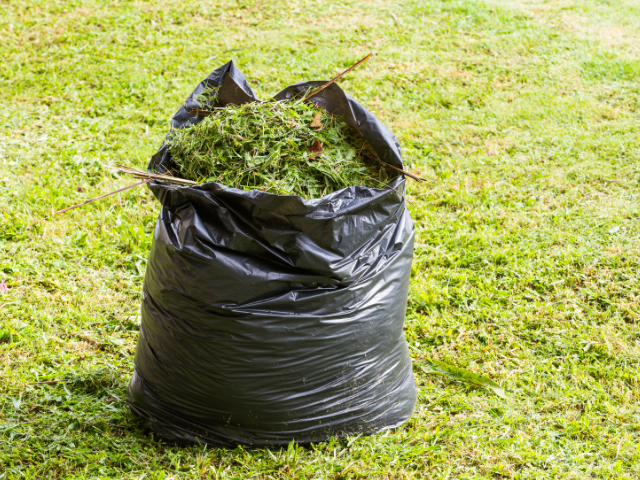Seeding a lawn is one of the most important steps in creating and maintaining a healthy, lush lawn. There are a few key things to keep in mind when seeding a lawn, such as timing, type of grass seed, and soil preparation. By following these simple steps, you can create a beautiful lawn that will be the envy of the neighborhood.
When to Seed Lawn
The best time to seed a lawn depends on the type of grass you are planting. For cool-season grasses, such as bluegrass, ryegrass, and fescue, the best time to seed is in the fall. The cooler temperatures and longer days of autumn help these grasses establish deep roots before winter sets in. Spring is also a good time to seed cool-season grasses, although you may need to water more frequently during dry spells.
Warm-season grasses, such as bermudagrass, zoysia, and St. Augustine, are best seeded in late spring or early summer. These grasses prefer warmer weather and do not do well when planted in cooler temperatures.
How to Prepare the Soil for Grass Seed
The best way to ensure your grass seed has the ideal environment for germination is to properly prepare your soil before planting. Start by taking a soil sample and having it tested to determine its pH level and nutrient content. Once you know what nutrients your soil is lacking, you can add them in the form of amendments.
Next, use a rototiller or garden hoe to loosen the top layer of soil to a depth of about 6 inches. This will help the roots of your new grass establish themselves more easily. You should also remove any rocks, sticks, or other debris from the area where you will be planting.
Last, rake the surface of the soil until it is smooth and level. This will help ensure even coverage when you sow your seed.
If you are planting on an existing lawn, you will need to dethatch or aerate the lawn first. Dethatching is the process of removing the thatch layer – the build-up of dead grass, roots, and other organic matter – from the lawn. Aeration is the process of making holes in the lawn so that air and water can reach the roots of the grass.
Fertilize Your Soil
It is very important to fertilize the soil before you seed your lawn. This will help the grass seed to germinate and grow quickly. You can use a fertilizer that is high in nitrogen, such as 21-0-0. Apply the fertilizer to the entire area that you will be seeding.
Sow the Seed
Once you have prepared the soil, it is time to sow the seed. The best time to sow grass seed is in the spring or fall. Sow the seed on a calm day so that the wind does not blow the seed away.
To sow the seed, use a lawn spreader or your hand. If you are using a lawn spreader, fill it with seed and set it to the correct setting for the type of seed you are using. If you are sowing by hand, simply sprinkle the seed over the area you want to plant.
After you have sown the seed, lightly rake the area to help cover the seed with soil.
Watering Your Lawn
It is important to keep the seed moist so that it can germinate and grow. Water the lawn daily, or as often as necessary, to keep the soil moist. Once the grass has germinated and is growing, you can reduce the watering to 2-3 times per week.
FAQs About How to Seed Lawn
What’s the best way of putting grass seed down?
There are a few ways that you can put grass seed down, but the best way is to use a lawn spreader. This will help ensure that the seed is evenly distributed over the area you want to plant.
How long does it take for seeds to grow into the grass?
This is one of the most common questions gardeners have when it comes to seeding their lawn. The answer, unfortunately, is not as straightforward as you might hope. Different grasses have different germination rates, meaning some will sprout and grow much faster than others.
The speed of growth also depends on the time of year and the conditions of your lawn. For example, grasses planted in early spring will usually germinate and grow much faster than those planted in late summer or fall. If you’re looking for a general answer, you can expect most grasses to take anywhere from two weeks to two months to fully mature.
How do you seed on top of grass?
To seed your lawn, start by mowing your grass as short as possible. Then, use a rake to loosen the top layer of soil so the new seeds can take root. Next, spread your seed evenly over the area you want to grow grass. After you’ve seeded your lawn, water it regularly and fertilize your lawn every 6 weeks to help the new grass grow.





